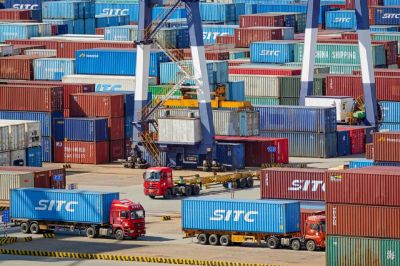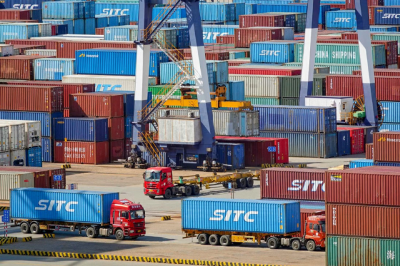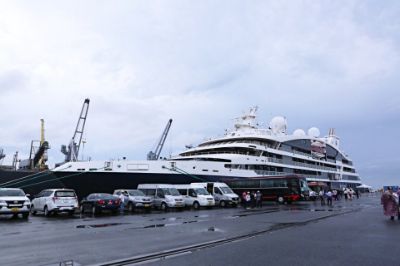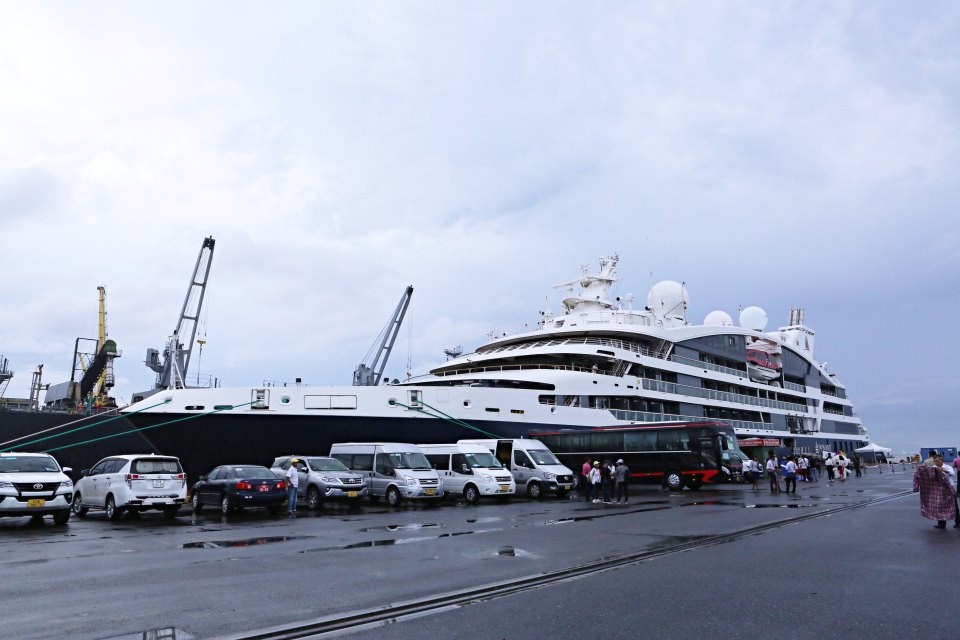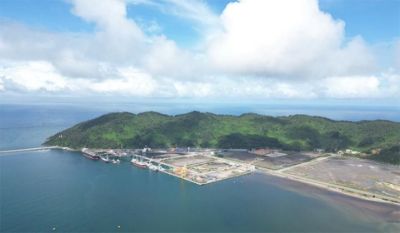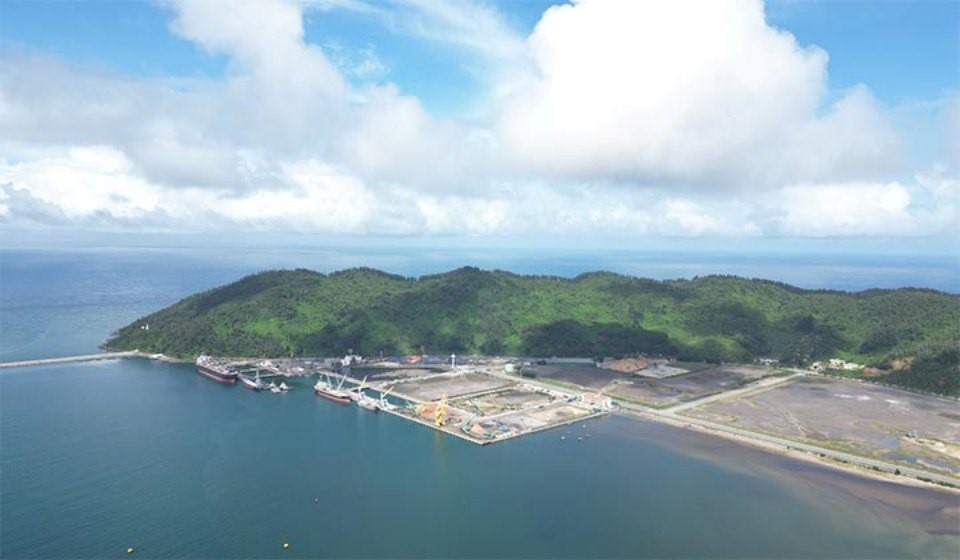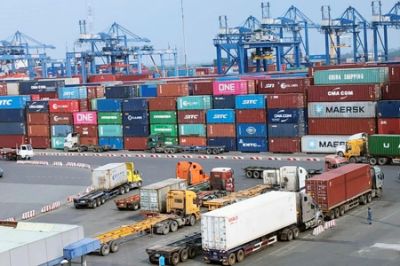UNIWAY LOGISTICS TUYỂN DỤNG
Vị trí tuyển dụng:
1. Sales Intern ( số lượng 5)
Không yêu cầu kinh nghiệm, tốt nghiệp các chuyên ngành xuất nhập khẩu, kinh doanh quốc tế. Có đam mê vê sales, nhiệt huyết với mức thu nhập cao mà ngành nghề mang lại.
Mô tả công việc:
- Tìm kiếm, duy trì và phát triển mối quan hệ khách hàng cũ và mới.
- Các công việc khác liên quan đến kinh doanh theo yêu cầu.
* Quyền lợi được hưởng:
- Mức lương cạnh tranh: 7-15 triệu + % hoa hồng.
- Được tham gia BHXH, BHYT, BHTN đầy đủ và các chế độ khác theo quy định của công ty.
- Tiền thưởng cho các ngày lễ.
- Các lợi ích khác theo luật lao động và chính sách của công ty.
Yêu cầu khác:
- Tốt nghiệp cao đẳng trở lên, chuyên ngành kinh tế, quản trị kinh doanh, xuất nhập khẩu.
- Chăm chỉ, cầu tiến, nhanh nhẹn, trung thực, chịu được áp lực công việc và gắn bó với công ty.
2. Sales Intern ( số lượng 5)
Mô Tả Công Việc:
- Triển khai đơn hàng, theo dõi quá trình nhập khẩu, xuất khẩu từ kho khách hàng đến điểm đến.
- Kiểm tra chứng từ cùng các bộ phận CS, CUS; Phối hợp với OPS xử lý đơn hàng và thông báo tình trạng hàng hóa cho khách hàng đồng thời phối hợp với các bộ phận khác trong suốt quá trình triển khai đơn hàng.
- Tư vấn quy trình xuất nhập khẩu, làm báo giá, gửi cho khách hàng.
- Báo cáo công việc, lên kế hoạch công việc theo ngày, tháng, quý, năm.
Yêu Cầu Công Việc:
- Đam mê kinh doanh, nỗ lực làm giàu, kiên trì, chịu khó
- Có định hướng và đam mê yêu thích ngành XNK, Logistics.
- Ưu tiên các bạn sinh viên đã hoặc sắp ra trường, làm được full time
- Kỹ năng giao tiếp tốt, có nhiều trải nghiệm trong cuộc sống.
- Tốt nghiệp từ trung cấp trở lên, không yêu cầu kinh nghiệm.
- Sinh năm 1999-2001
Quyền lợi:
- Hỗ trợ điện thoại và cơm trưa (40k) tại văn phòng.
- Có sẵn data khách hàng.
- Có bộ phận check giá tốt từ các line tàu.
- Thực tập sinh được đào tạo bài bản từ đầu, chấp nhận sinh viên trái ngành.
- Có sự hỗ trợ định hướng từ leader, Subleader thường xuyên, bộ phận Back up mạnh.
- Được ký hợp đồng lao động dài hạn , làm việc trong môi trường trẻ trung năng động.
- Được support lên nhân viên khi mang về cho mình booking đầu tiên trong quá trình thực tập
- Đào tạo tối đa 04 tuần.
- Hỗ trợ công tác phí, quà tặng KH, công tác phí.
- Hỗ trợ dấu mộc thực tập.
- Có cơ hội thăng tiến và phát triển bản thân, nâng cao kỹ năng nghề nghiệp.
Thời gian: 08h00-17h15 thứ 2 đến hết sáng thứ 7
Địa điểm: Tầng 4, số 20 Đống Đa, Phường Thuận Phước, Quận Hải Châu, Thành phố Đà Nẵng, Việt Nam.
Thông tin ứng tuyển vui lòng gửi về:
Email: info@uniwaylogistics.vn
Tiêu đề mail: Họ và tên_Sales Logistics / Sales Intern



